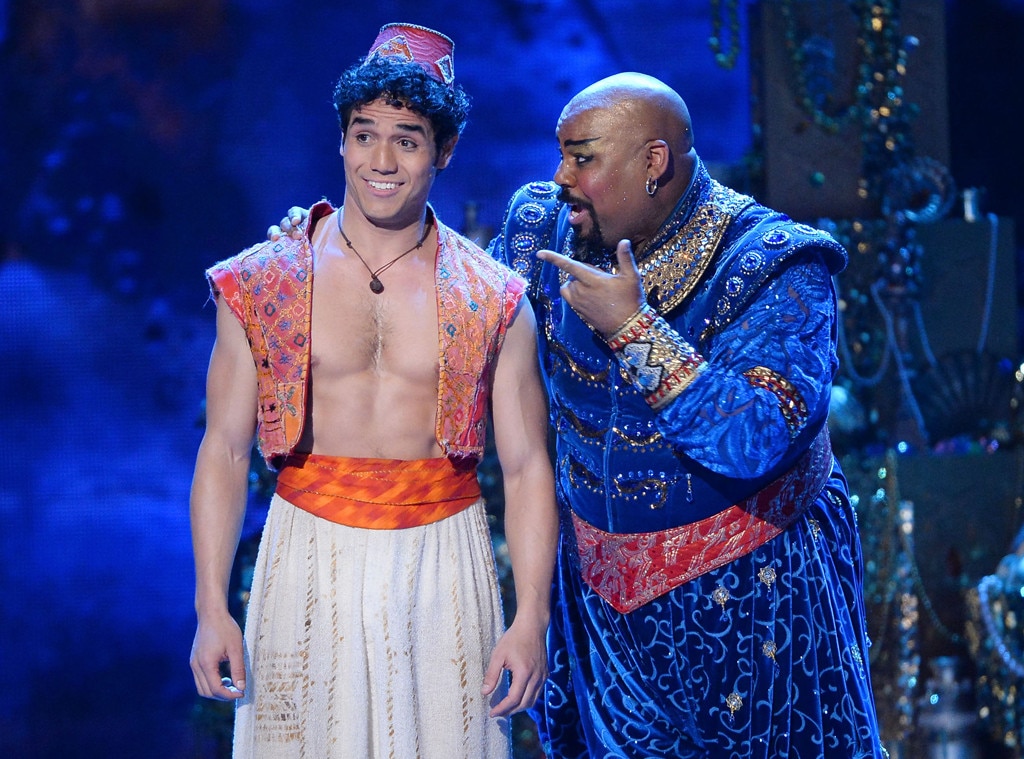

Only seven pages in, we get a dead mother. (I stopped counting the inside-Broadway references after Gypsy and West Side Story.) Except for the actual, you know, content, this is an opening number worthy of Jerome Robbins: “Tradition” with bejeweled Arabs instead of begrimed Jews.Ī strict adherence to best practices is maintained throughout it’s really quite astonishing to see how the book writer Chad Beguelin, while closely tracking the movie, hammers the material to fit Disney specs. (“Come for the hummus, stay for the floorshow!”) Within seconds, the song “Arabian Nights,” one of several catchy holdovers from the 1992 movie, is setting the scene in the city of Agrabah (where “even the poor look fabulous”), introducing the main characters (urchin and princess), offering a plot synopsis (urchin loves princess), and demonstrating the relentless Disney trick of kicking down the fourth wall with anachronistic jokes that bypass the kiddies on their way to adults. Sure enough, the trademark Disney tone is established as soon as the gorgeous show curtain disappears, when Genie, a Cab Calloway type in spangly turquoise harem pants, arrives to host what amounts to a variety act at the Sands. 1: Show the audience right at the top what kind of experience it’s going to get - and then keep giving it. And Aladdin, for all its desert emptiness, plays by the rules. This is not as unpleasant an experience as it sounds if you’re up for a meaningless fling, it might as well be with a pro. They wrote the book on this sort of thing, and now, Walt be praised, they’re going to heave it at you. For Aladdin, Disney’s team builds on the take-no-chances, take-no-prisoners lessons of its six Broadway predecessors to all but guarantee a quality hit: if not a Lion King, at least not a Tarzan. With The Lion King in 1997, the theatrical division of Disney introduced a notion of staged family entertainment that is both presold and well crafted, campy and mainstream, eye-popping and virtuous - a notion it has been refining, sometimes with hits, sometimes with flops, ever since. But this doesn’t mean the results can’t be good, or that the creatives assigned to build these moneymakers aren’t artists themselves, applying enormous skill to the task. Even original material, if it manages to pass through the flaming hoops of fundraising and profit analysis, winds up onstage a corporate concoction. With very few exceptions, almost none of them on Broadway, musicals are no longer initiated by artists but by producers and rights-holders. Photo: Deen van Meer/?2013 photographer Deen van Meer, all rights reserved, photographer should be credited at all times


 0 kommentar(er)
0 kommentar(er)
